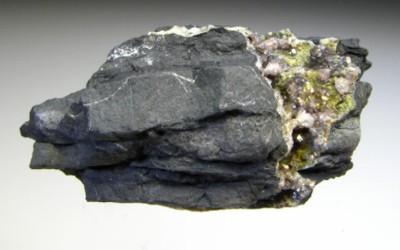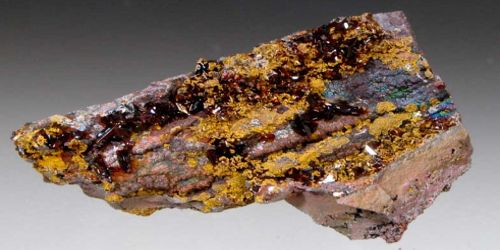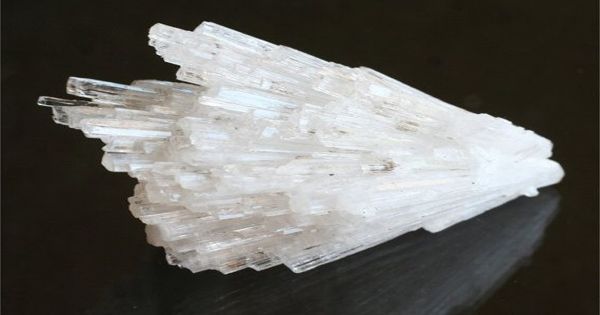Fluellite is a mineral with the chemical formula Al2(PO4)F2(OH)•7H2O. It is a mineral consisting of aluminum fluoride in colorless or white crystals. It is an orthorhombic-dipyramidal mineral containing aluminum, fluorine, hydrogen, oxygen, and phosphorus.
The name is from its chemical composition, being a fluate of alumine (French). It was first described in 1824 for an occurrence in the Stenna Gwyn Mine, St Stephen-in-Brannel, St Austell District, Cornwall, England.
General Information
- Category: Phosphate minerals
- Formula: Al2(PO4)F2(OH)•7H2O
- Crystal system: Orthorhombic
- Crystal class: Dipyramidal (mmm)

Fig: Fluellite
Properties
It is a rare secondary mineral found in complex granite pegmatites where it forms by weathering of earlier phosphate minerals. It’s crystals nearly identical from each deposit as colorless orthorhombic dipyramids with pinacoidal faces.
- Color: Colorless, white, pale yellow
- Crystal habit: Dipyramidal crystals commonly in aggregates; powdery, massive
- Mohs scale: hardness 3
- Luster: Vitreous
- Diaphaneity: Transparent
- Specific gravity: 2.18
- Optical properties: Biaxial (+)
Occurrence
Notable occurrences are Hagendorf pegmatite, Willard mine, Nevada and South Rasmussen mine, Idaho. Other localities for Fluellite include in England, Germany, the Czech Republic, Belgium, Italy, Australia, Argentina, Kazakhstan etc.
It is found in association with fluorapatite, wavellite, phosphosiderite, strengite, aldermanite, cacoxenite, variscite, turquoise, fluorite, and quartz.
Information Source:
















